Thessaloniki completely changed the way I experience both Greek food and history. This city isn’t just Greece’s second largest metropolis—it’s alive with flavors, aromas, and stories hiding everywhere. As I wandered through its markets and neighborhoods, I stumbled into cafés buzzing with energy, street food that surprised me, and tucked-away tavernas serving recipes that feel ancient.
What keeps pulling me back isn’t just the food—it’s the city’s deep Byzantine soul. Thessaloniki wears its past on its sleeve. You see it in ancient walls, churches, and busy streets, all woven together with a present-day food scene that’s just as rich. Exploring Thessaloniki means tasting dishes shaped by Europe, the Middle East, and Africa, while the echoes of history linger around you.
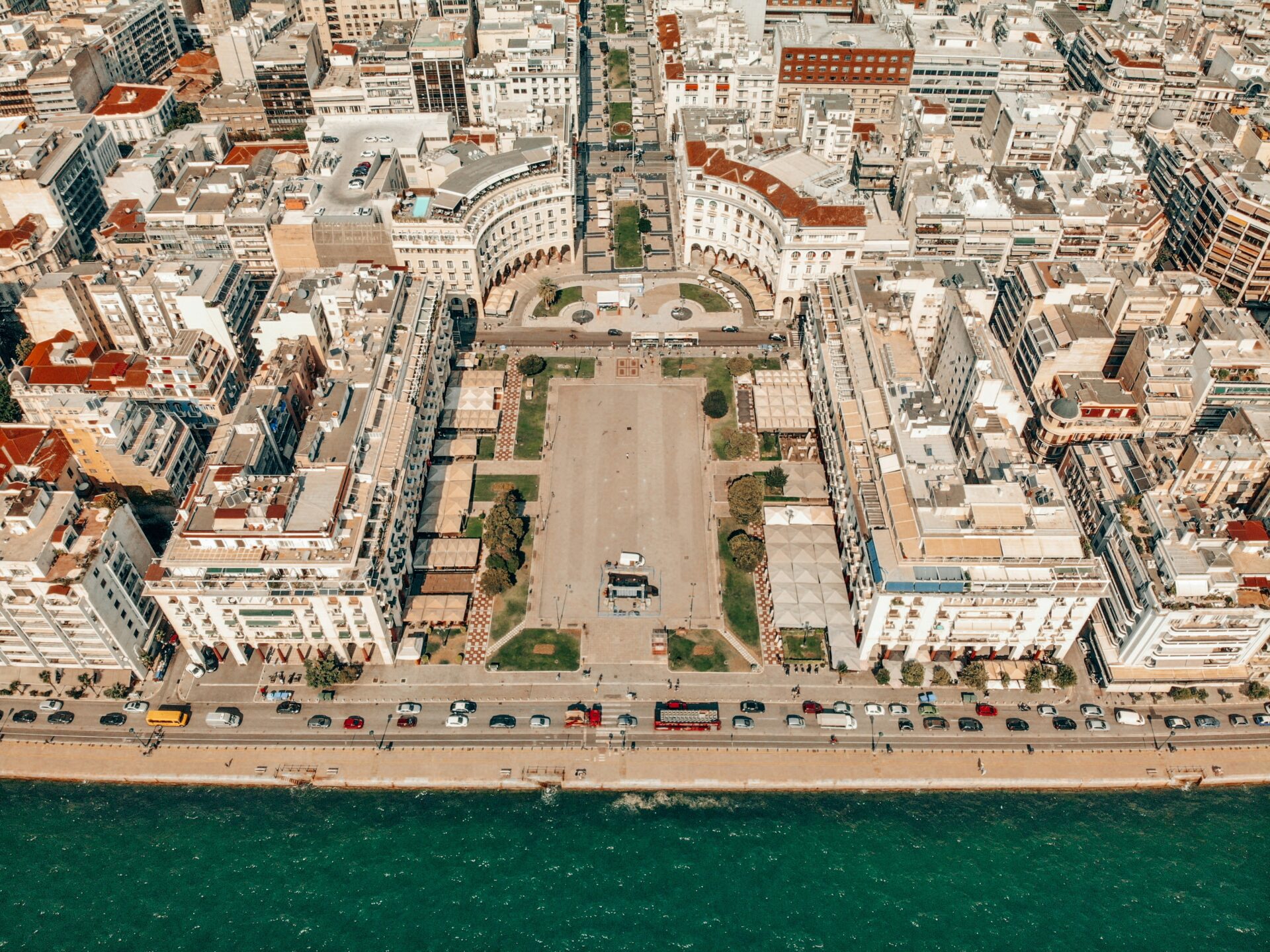
A Love Affair with Thessaloniki’s Food Scene
For me, Thessaloniki’s heartbeat is its food. Lively taverns hum with conversation, sleek restaurants experiment, and the air smells like something delicious is always baking nearby.
Food here brings together so many influences. The past, the present, and all those cultures that left a mark—it’s all on the table.
Discovering Traditional Taverns
On my first night in Salonica, the scent of spiced meatballs and the sound of local music drew me into a traditional taverna. Inside, families and friends crowded around tables, sharing platters of juicy soutzoukakia, grilled octopus, warm bread, and local cheeses.
These taverns serve honest, regional meals. Small bowls of glistening olives and the freshest feta I’ve ever tasted appear as if by magic. Every dish connects you to history—you can just sense it.
Locals love to share stories over dinner. Here, dinner isn’t just eating; it’s connecting. Plates get passed around. Glasses of ouzo or local wine clink together. Every visit, I find another favorite taverna hidden on a side street, still keeping old flavors alive.
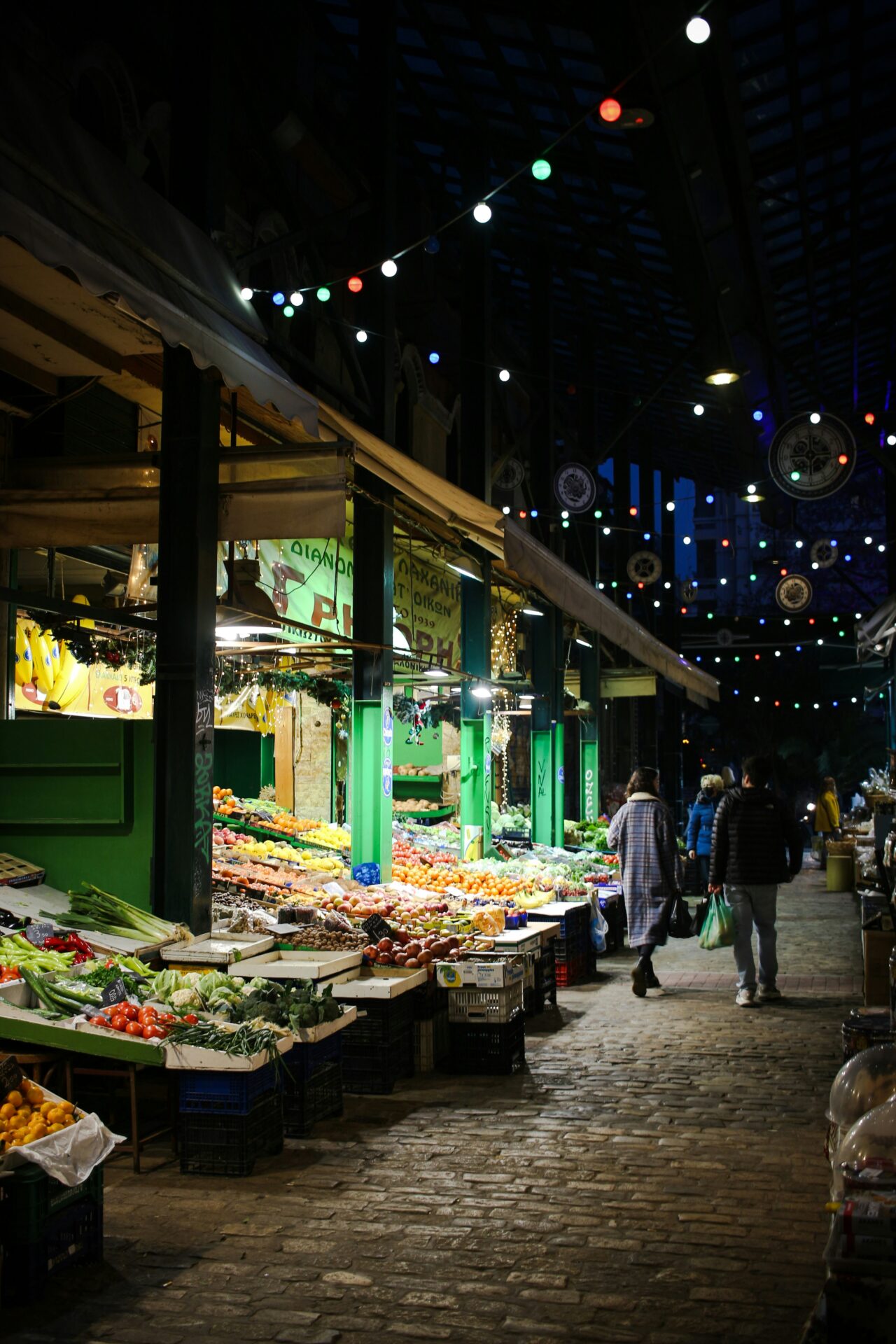
Modern Greek Gastronomy Hotspots
Classic taverns might be the city’s heart, but modern restaurants give Thessaloniki its pulse. Curiosity led me to places where chefs play with Greek recipes, adding their own twists and techniques.
Some serve spicy new takes on old dishes, fusion plates, and creative uses of local produce. It’s not all white tablecloths, though. Plenty of these hotspots are bold but casual.
One night, I ordered a mezze platter with smoked mackerel, tahini cream, and fresh herbs. Next door, a bistro offered local lamb infused with Mediterranean spices and citrus.
Vegetarian options and experimental plates pop up alongside classics. The focus stays on quality and fresh local ingredients. This mix of tradition and innovation has put Thessaloniki on the map for creative food. Honestly, every meal here has surprised me in the best way.
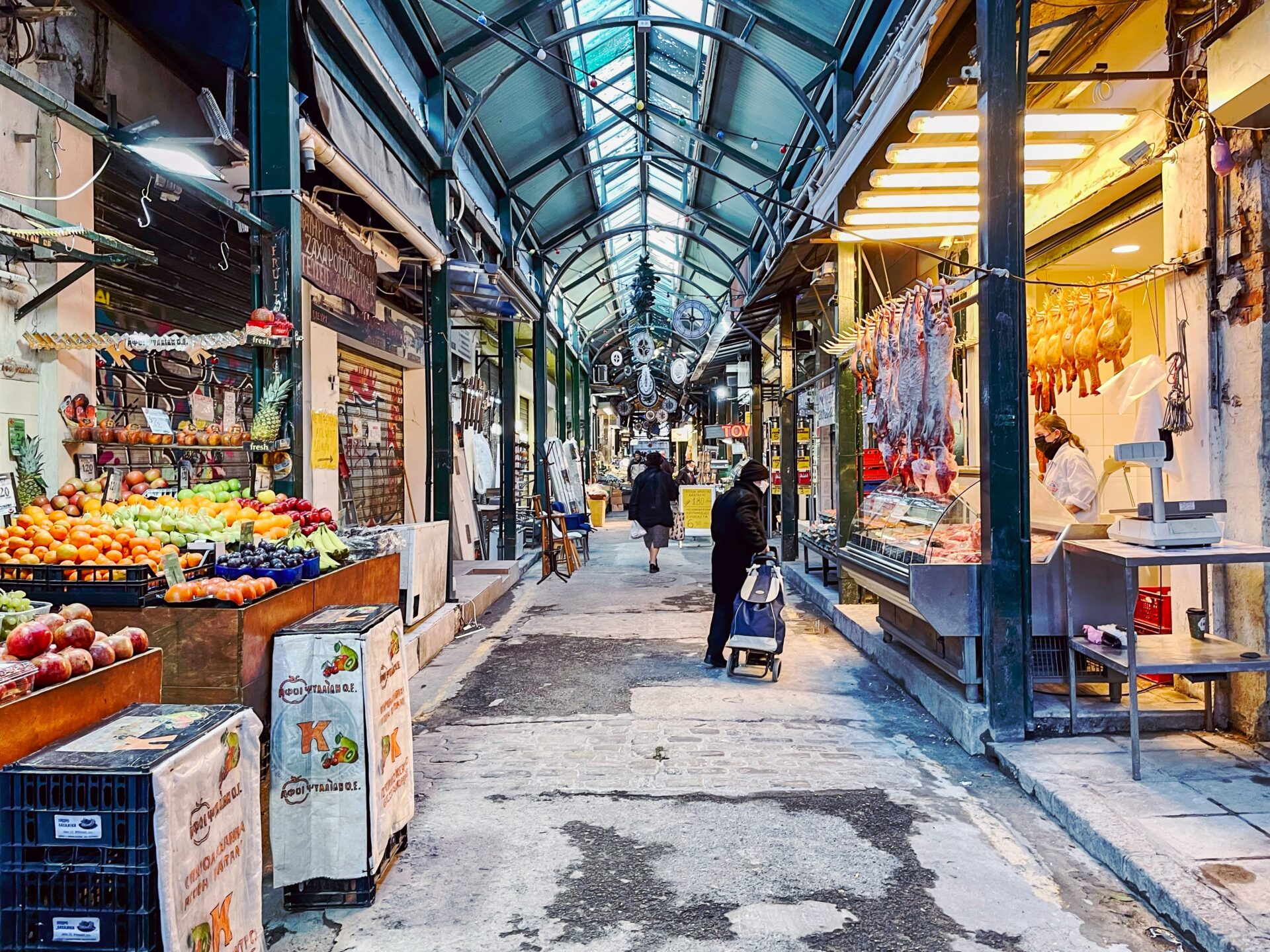
Sweet Temptations: Thessaloniki’s Bakeries and Patisseries
No food adventure in Thessaloniki feels right without diving into its legendary sweets. I start my mornings with warm bougatsa—crispy filo pastry loaded with custard. Bakeries and patisseries line the streets, tempting me with trays of syrupy baklava, koulouri (those addictive sesame rings), and buttery melomakarona.
I always make time for a neighborhood sweet shop. Families here have perfected their recipes for decades. Kaltsounia, trigona Panoramatos, and tsoureki turn every coffee break into something special. The air in the City of Gastronomy smells like cinnamon, honey, and fresh bread.
A local once told me to pair galaktoboureko with strong Greek coffee. I tried it, and now I get why Salonica’s bakeries are legendary. If you’ve got a sweet tooth, you could spend days just wandering from bakery to bakery, and honestly, you’d never get bored.

Byzantine Wonders: Thessaloniki’s Spiritual Heart
Thessaloniki’s story lives in its Byzantine churches, ancient streets, and the layers of history left by different empires. As I walked around, I felt the city connect its past to the present. Every turn felt like stepping into another era.
Admiring Byzantine Churches and Mosaics
Stepping into Thessaloniki’s Byzantine churches, I found myself surrounded by centuries of faith and art. Hagia Sophia and Agios Dimitrios stand out. From the outside, their brick walls seem plain, but inside, golden mosaics glow softly.
I could stare at those mosaics for ages. Each one tells a Bible story or celebrates saints who shaped local history.
Many of these churches date back to the Byzantine Empire’s heyday. Some survived earthquakes, fires, and invasions. Others became mosques under the Ottomans, then changed back later. The scent of wax and old stone, plus the dim colors from stained glass, made me pause in awe.
Tips for visitors:
- Bring a scarf or cover your shoulders in churches
- Early mornings are best for quiet photos
- Entry is usually free, but donations help

Between Empires: Roman, Byzantine, and Ottoman Layers
Every street in Thessaloniki feels like a crash course in history. Roman arches, Byzantine churches, and Ottoman baths often sit just steps apart.
The Rotunda stands out for me. Romans built it first, then it became a Byzantine church, and later a mosque under the Ottomans. Now, ashy mosaics and Arabic scripts share the same walls.
When I pass the Galerius Arch, I picture Roman emperors parading through. The nearby Bey Hamam—still faintly scented with old soap—reminds me how the Ottomans shaped city life. All these layers make Thessaloniki feel like a living museum where surprises wait around every corner.
Must-see sites in this area:
- Rotunda
- Galerius Arch (Kamara)
- Bey Hamam (Ottoman baths)
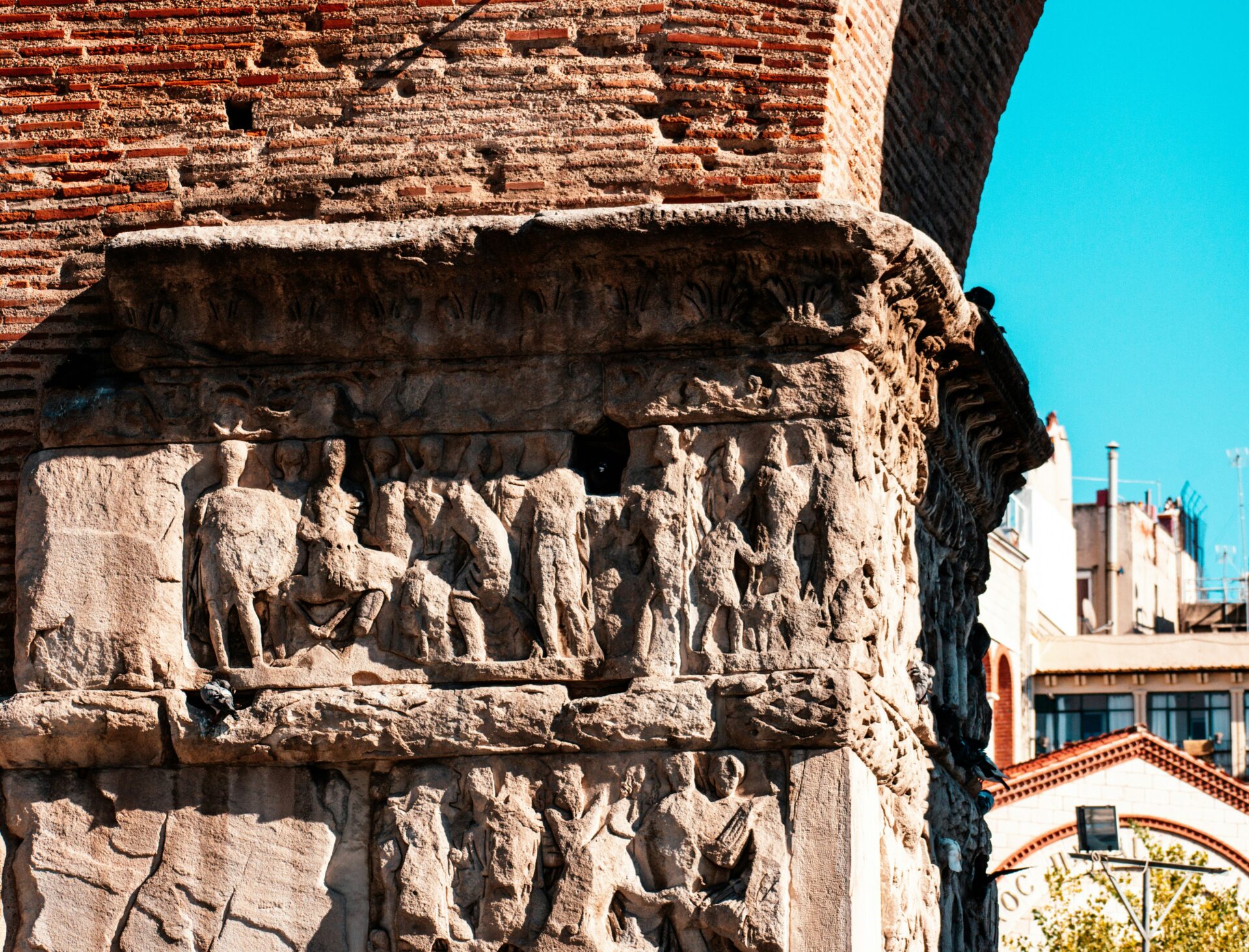
Walking Through Ancient Streets
Exploring Thessaloniki’s old neighborhoods made the city’s long past feel real to me. Ano Poli (Upper Town) winds through stone houses, bright with flower boxes and tiny balconies.
Narrow alleys sometimes open to sweeping city views or quiet courtyards.
On one walk, I noticed thick Byzantine walls that once kept invaders out. Kids now kick soccer balls where emperors and sultans once marched.
Street signs show both Greek and Turkish names—a quiet nod to the city’s Ottoman years.
Uneven cobblestones, the clang of church bells, and the smell of fresh bread from local bakeries all blend together here. Ano Poli’s magic is in these details, making each walk feel like a new discovery.

Historic Layers & Ethnic Mosaic of Thessaloniki
Thessaloniki feels like a city where every corner tells a new story. When I walk its cobbled streets, I’m surrounded by traces of empires, revolutions, and generations of neighbors from different backgrounds.
The Ottoman Empire’s Lasting Imprint
You can’t miss the Ottoman Empire’s influence here. As I stroll through the old neighborhoods, Ottoman buildings, bathhouses, and minarets pop up alongside Byzantine churches. The White Tower, once an Ottoman fort and prison, now greets travelers along the waterfront.
Markets in Thessaloniki still echo the city’s Ottoman-era bazaars. I sense the mingling of foods and languages when I wander Modiano Market. Turkish, Greek, Jewish, and Balkan influences swirl through the smells and the chatter. Turkish words sneak into Thessaloniki’s slang, and the city’s café culture feels like a direct Ottoman legacy.
Key Ottoman Sights:
| Name | Type | Notable Features |
|---|---|---|
| White Tower | Landmark | Waterfront, city icon |
| Yeni Hamam | Bathhouse | Ottoman-era, modern uses |
| Bezesteni Market | Covered Market | Textiles, gold, old vaults |
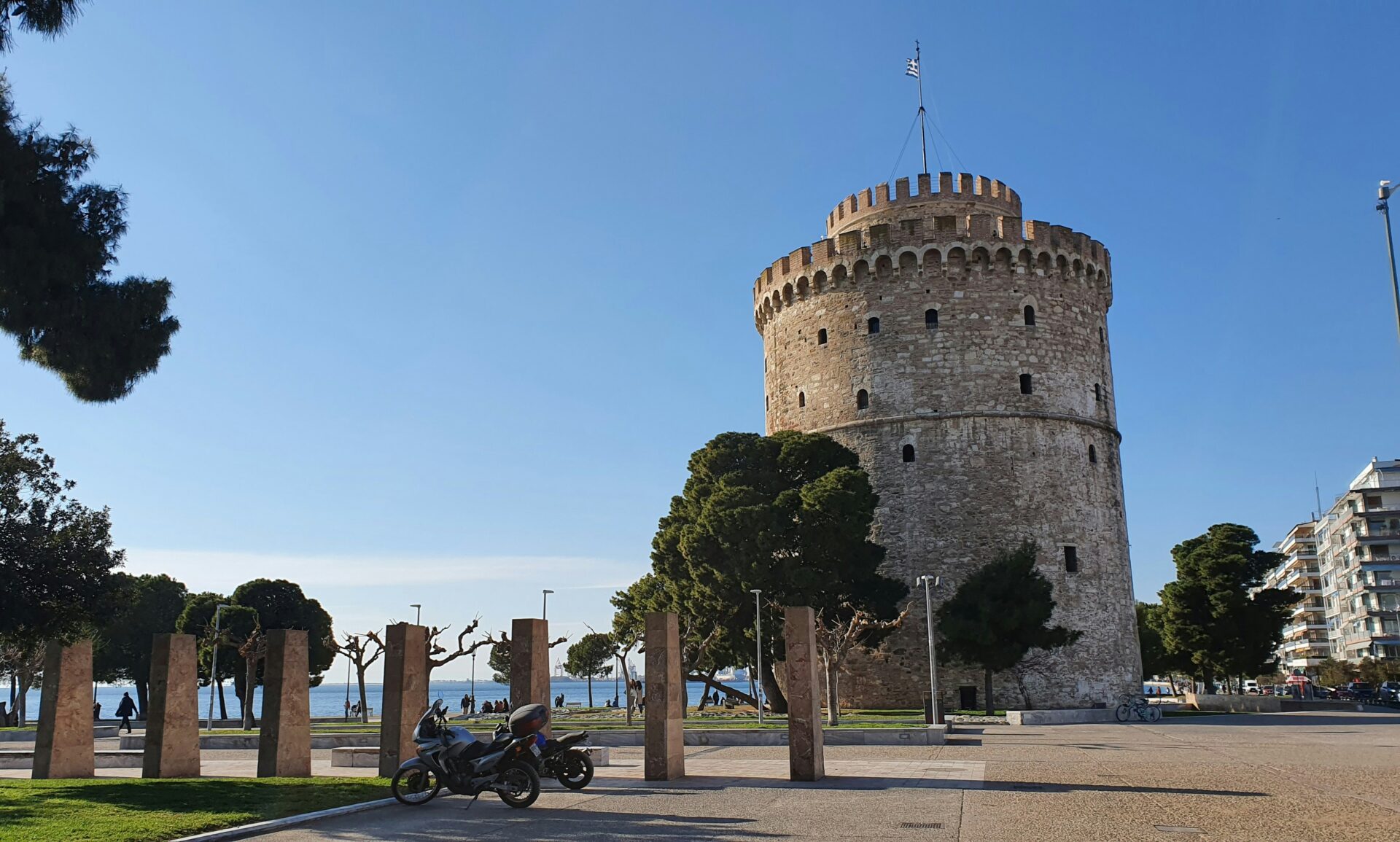
Revolution and Shifting Identities
Thessaloniki has changed hands and faces many times. The city joined modern Greece in 1912, after centuries under Ottoman rule. That shift wasn’t just political—it brought waves of refugees, especially after the population exchange between Greece and Turkey in 1923.
Museums and old neighborhoods show how these new arrivals shaped the city. Old Ottoman homes became Greek family dwellings. Synagogues stand next to churches and mosques, telling stories of change and endurance. Thessaloniki’s modern energy comes from this mix of past and present, with old identities blending into new ones.
I found a museum near the old port that dives deep into these transitions. Stories of people rebuilding their lives and neighborhoods fill every room.
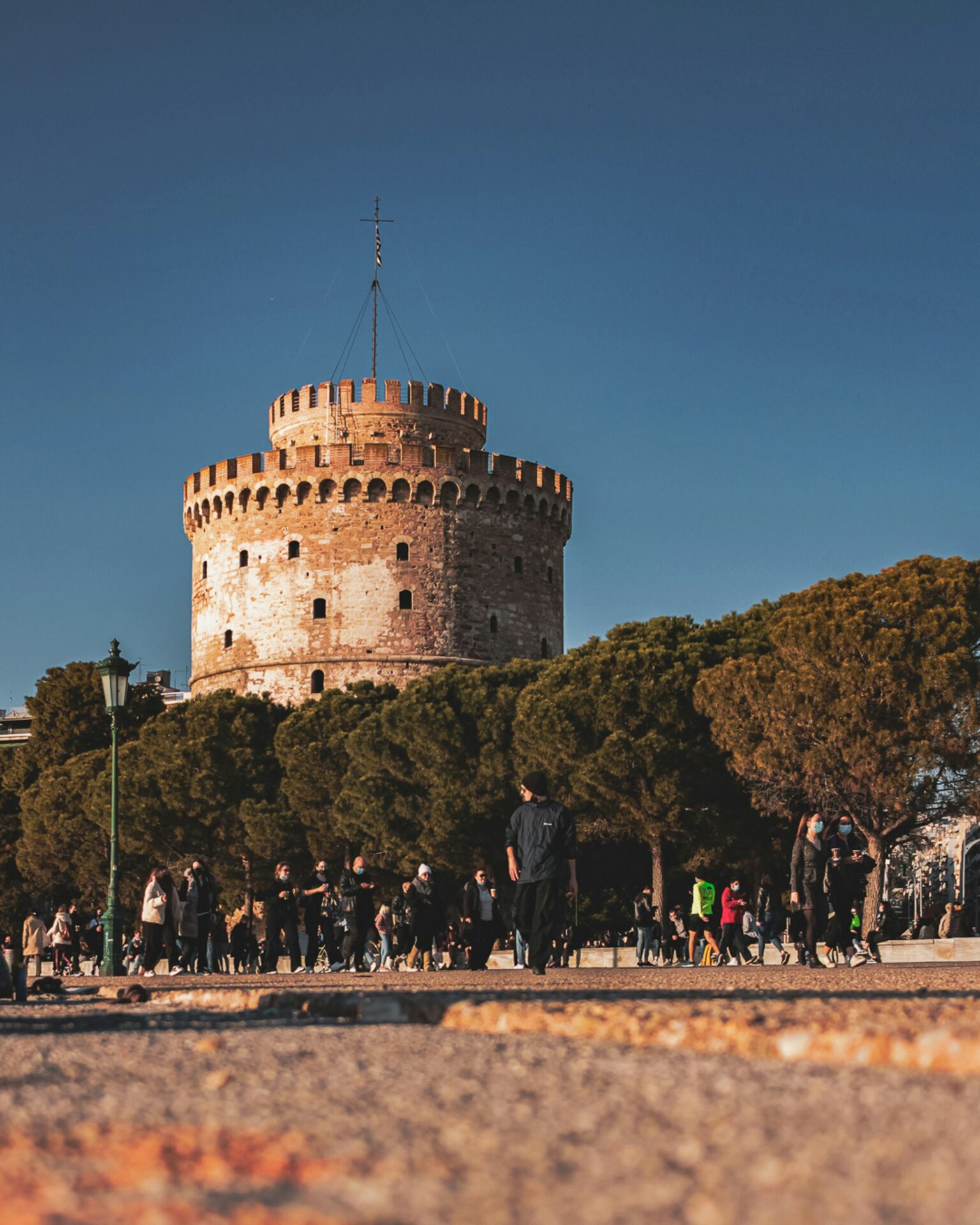
Ethnic Relations and Cultural Harmony
Salonica—what Jews once called the city—was a crossroads of cultures. Greeks, Jews, Ottomans, Slavs, and Armenians all lived and worked together here. I’ve met locals whose grandparents spoke Ladino, Greek, and even Turkish at home.
The Jewish community left a lasting mark on Thessaloniki’s food scene—think sweet bougatsa pastries that blend Sephardic and Greek traditions. Old synagogues and Jewish quarters still draw visitors who want to dig into this layered history.
Every autumn, I come for local festivals where Roma musicians, Greek dancers, and Turkish-influenced street foods all swirl together. The sense of cultural harmony doesn’t erase Thessaloniki’s tough times, but it fills the city with living traditions that make every visit feel new.
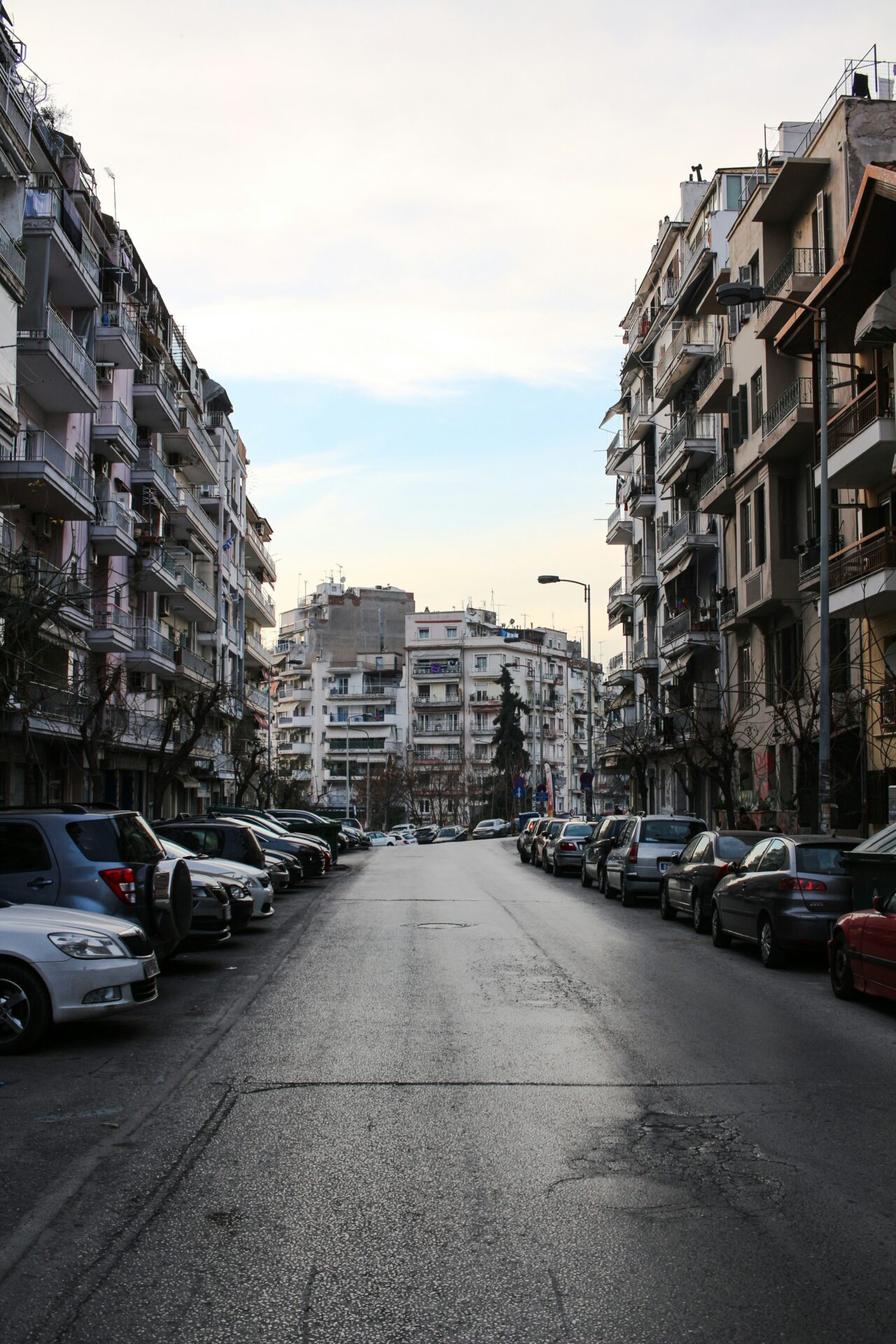
Local Life & Vibrant Neighborhoods
Thessaloniki buzzes with energy and character, from its colorful old hills to its lively modern streets by the sea. I get swept up in the daily rhythms, where old traditions meet a youthful, creative spirit.
Exploring Ano Poli (Upper Town)
Ano Poli, or Upper Town, rises above Thessaloniki with cobblestone lanes and Ottoman-era houses. I love getting lost here, weaving past stone walls covered in flowers and soaking up the quiet, far from downtown’s rush.
This neighborhood feels frozen in time. Byzantine churches and towers like the Trigonion offer sweeping views of the city and sea. Locals gather at tiny cafés, swapping stories over Greek coffee. Sometimes, I stumble onto a family-run taverna serving bougatsa or juicy soutzoukakia straight from old recipes.
Every walk in Ano Poli feels like time travel. Warm ochre and pink houses line the lanes. Cats stretch in the sun. It’s easy to pause and just soak in the sights, sounds, and everyday life that make this hillside unforgettable.
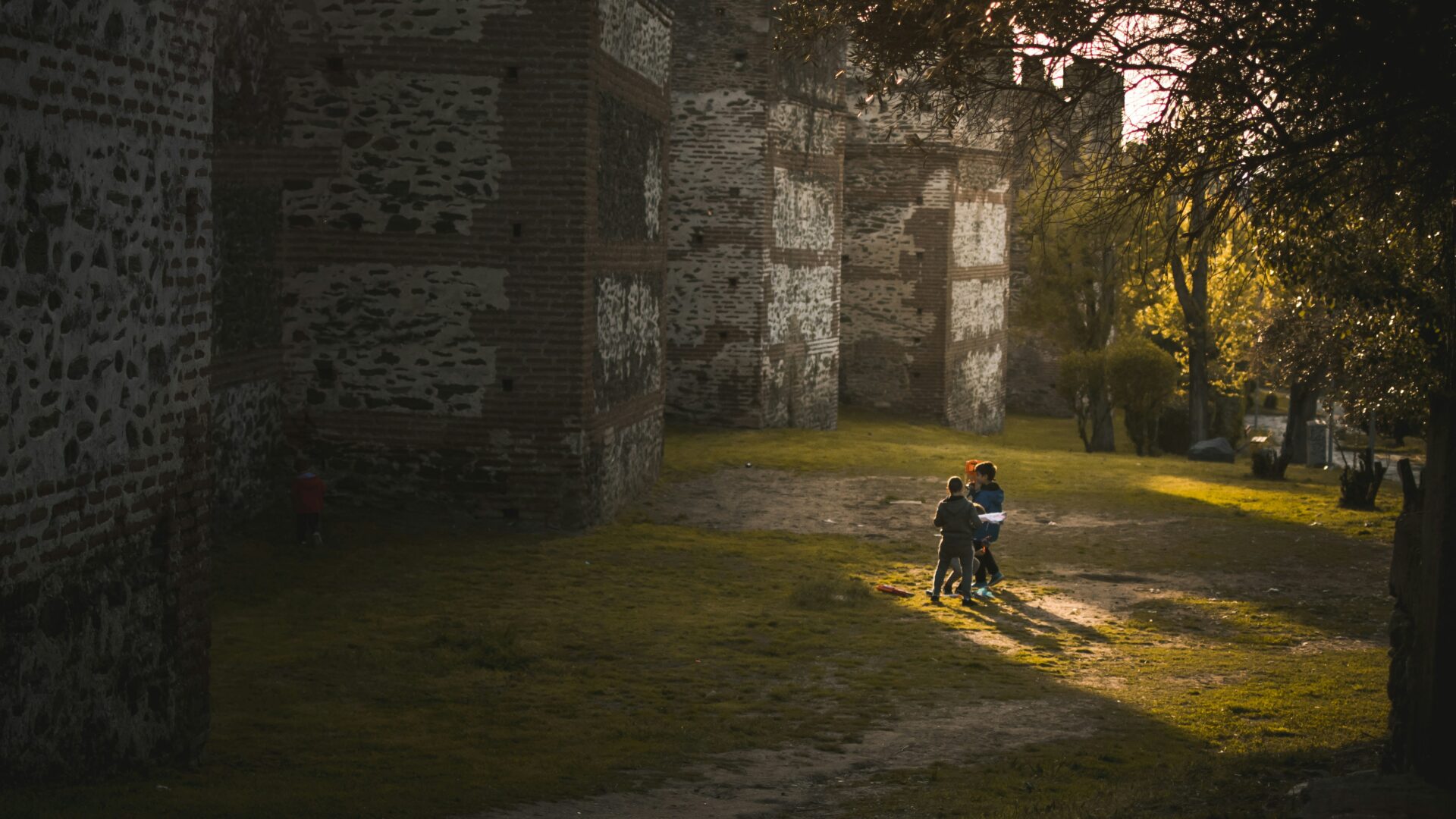
Seafront Magic: The Promenade and Aristotelous Square
Down by the sea, Thessaloniki’s Waterfront Promenade stretches for kilometers, alive with people from sunrise to midnight. I often join locals out for walks, jogs, or just relaxing on benches, especially near the iconic White Tower—a classic meeting spot.
Aristotelous Square feels like the city’s beating heart. It opens wide to the water, framed by stately buildings and packed with cafés that spill onto the pavement. I like to watch street artists paint, kids chase pigeons, and families share plates of mezedes as the sun drops over the Thermaic Gulf.
On weekends, food carts pop up with sweet koulouri and fresh juice. There’s always something happening—live music, markets, city festivities. These moments capture Thessaloniki at its best: a warm, welcoming city where sea breezes and simple pleasures shape each day.
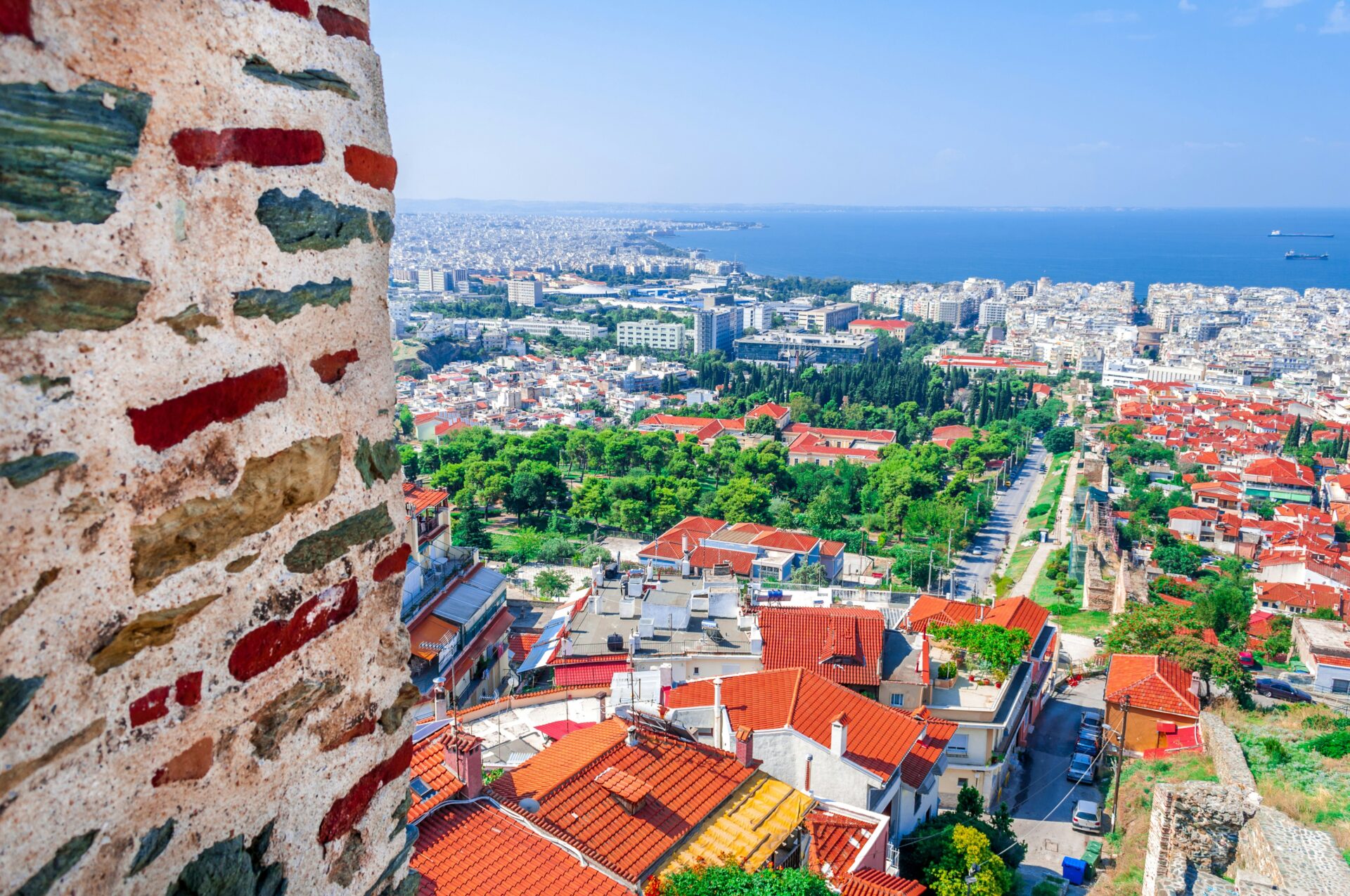
Practical Travel Tips for Thessaloniki Adventurers
Navigating Thessaloniki feels easy and fun, thanks to its lively neighborhoods and walkable streets. Picking the right area to stay in can turn a good trip into an unforgettable one.
Getting Around the City Easily
Honestly, Thessaloniki might be one of the most walkable cities I’ve ever explored in Greece. The city center stays pretty flat, and you can reach big sights like Aristotelous Square or the White Tower with a quick 20-minute stroll.
When I walk, I really get to feel the city’s energy. There’s something about wandering past markets and stumbling on little hidden bakeries squeezed between old buildings—it’s just the best.
If I need to go farther, I usually rely on the city buses. They’re cheap, and I haven’t had trouble with reliability. I grab tickets from kiosks or ticket machines at main bus stops, but I have to remember to validate them right after I get on.
The OASTH bus app helps me figure out which route to take and when the next bus is coming.
Taxis are everywhere, and I don’t have to spend a fortune to use them. Sometimes, though, traffic piles up during rush hour, so I try to avoid busy times if I can.
I’ll use a rideshare app every now and then, but drivers often want cash—which is a bit old-school, honestly.
If I’m heading out to the seaside or thinking about the beach, I might rent a bike or a scooter. It’s a little more adventurous and lets me enjoy the ride along the waterfront.
| Transport | Cost Level | Speed | My Tips |
|---|---|---|---|
| Walking | Free | Medium | Best for sightseeing in the center |
| City Buses | Budget-friendly | Medium | Great for longer distances |
| Taxi | Moderate | Fast* | Carry cash for payment |
| Bike/Scooter | Low-Moderate | Medium | Fun for the waterfront |
*Traffic may cause delays during busy times
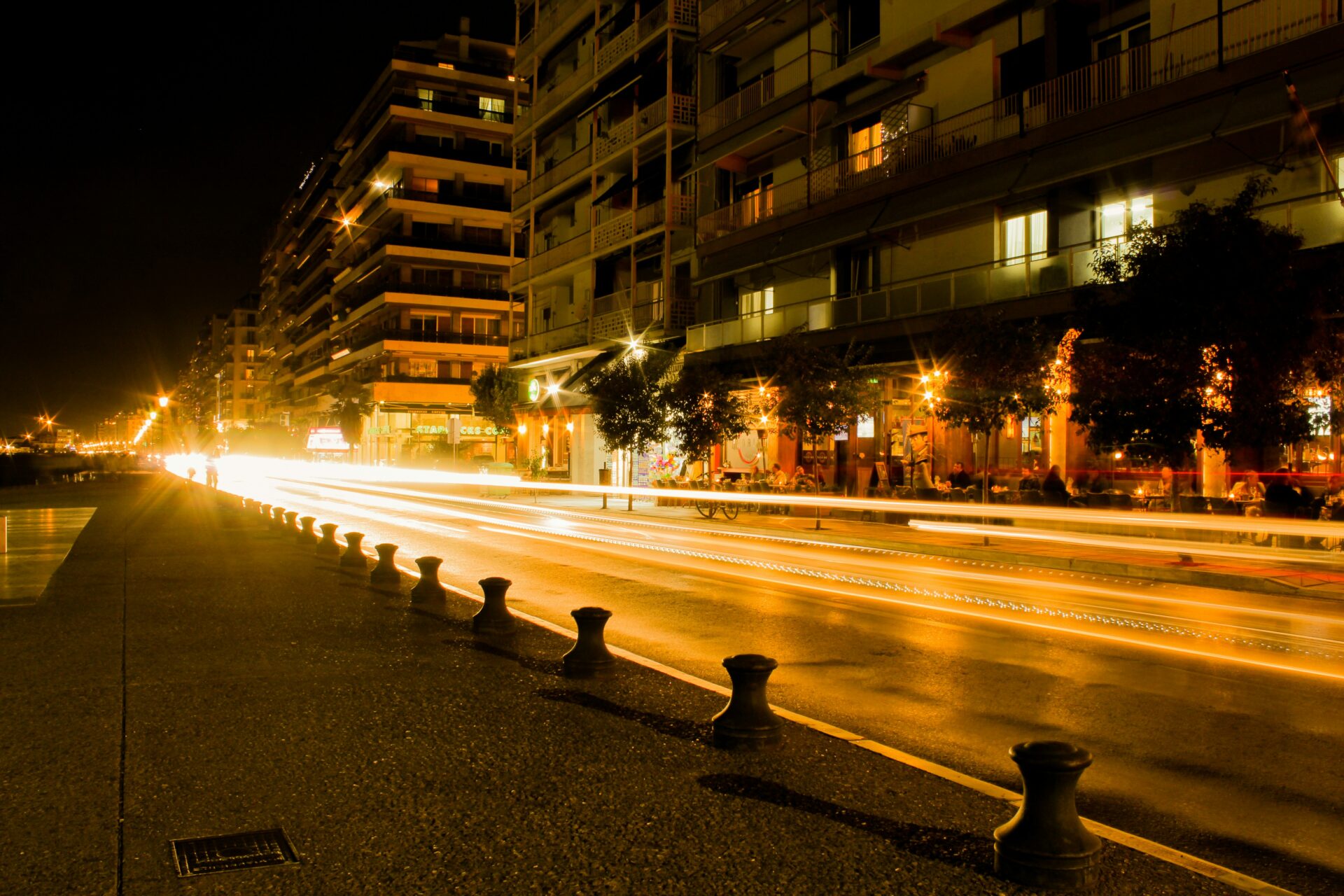
Where to Stay for an Authentic Experience
If you want a real taste of Thessaloniki, you should dive into neighborhoods buzzing with local life. I always end up in Ladadika—it’s got this old-world vibe, with colorful streets and lively tavernas everywhere.
Boutique hotels nestle between bars, and honestly, evenings here feel magical. When the lights come on and music drifts out from somewhere nearby, it’s hard not to linger.
Sometimes I want things a bit quieter, but still close to the action. Ano Poli (Upper Town) feels like a secret spot, with its traditional houses and winding cobblestone paths.
Views up here are something else. Guesthouses usually serve homemade breakfasts—think olives, fresh bread, and local cheese. It’s a pretty great way to start the day before walking down to the city below.
If you’re after the city’s energy, staying near Aristotelous Square puts you right in the middle of everything. Shops, cafes, and people-watching? It’s all here.
Whatever area I pick, I always hunt for small hotels or B&Bs run by locals. These spots feel warm, full of stories, and the owners love sharing tips you won’t find in any guidebook.

